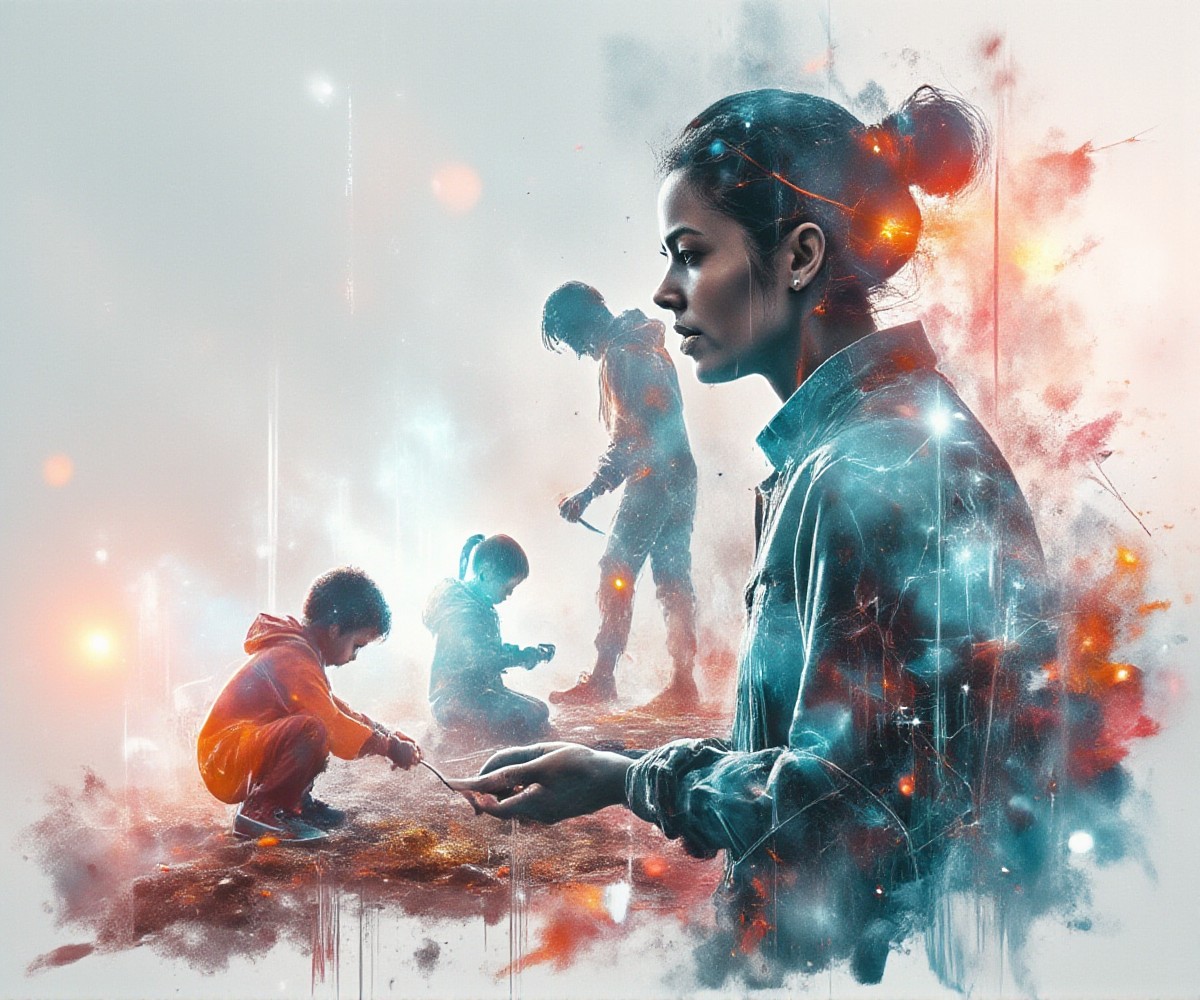Double exposure, a unique artistic style, is used to create dynamic and visually stunning images. This style combines two or more photographs into a single picture, resulting in a unique blend of colors, patterns, and subjects. The two most common techniques for this approach involve blending images digitally or using traditional darkroom methods. The result is an image with an abstract and surreal quality, often highlighting mechanical harmony and computational clarity.
Double exposure techniques have been used in film photography for decades but have gained popularity in the digital era, thanks to the availability of software that makes it easier to blend and layer images. These techniques are particularly useful for photographers and designers who want to create visually captivating images that convey a sense of innovative creativity without the need for strenuous photographic setups.
One of the unique aspects of double exposure photography is its versatility. It can be used to convey a range of emotions, from whimsy and nostalgia to angst and tension. It can be applied to different subjects, from landscapes to portraits, enhancing the image’s impact with the juxtaposition of elements.
One popular method for achieving a double exposure effect is the use of Neumorphism, which involves blending different colors and patterns to create a seamless appearance. Another method is the application of fractured array of memories and static point of logic techniques, which use subtle overlays to create the illusion of movement and depth in the image.
Single exposure images can be combined with double exposure techniques to create an even more striking effect, such as the use of a breathtaking photo graffiti cinematic background accompanied by a foreground blur using ultra shallow depth of field f/12 style. This creative combination of techniques creates an unusual and memorable image, often highlighting the visual fusion of fractured array of memories and static point of logic, and emphasizing the mechanical harmony and computational clarity center-focused on a clean background with pastel gradient overlays and soft shadows.
Another approach is to focus on a composition with glowing particles and digital circuitry, evoking an artistic style inspired by Bojan Jevti and Ashley Wood masterpieces. This fusion of digital and mechanical elements can provide a unique and visually stunning atmosphere, enhanced by atmospheric lighting, ultra-sharp edges, intricate details, and compositional

